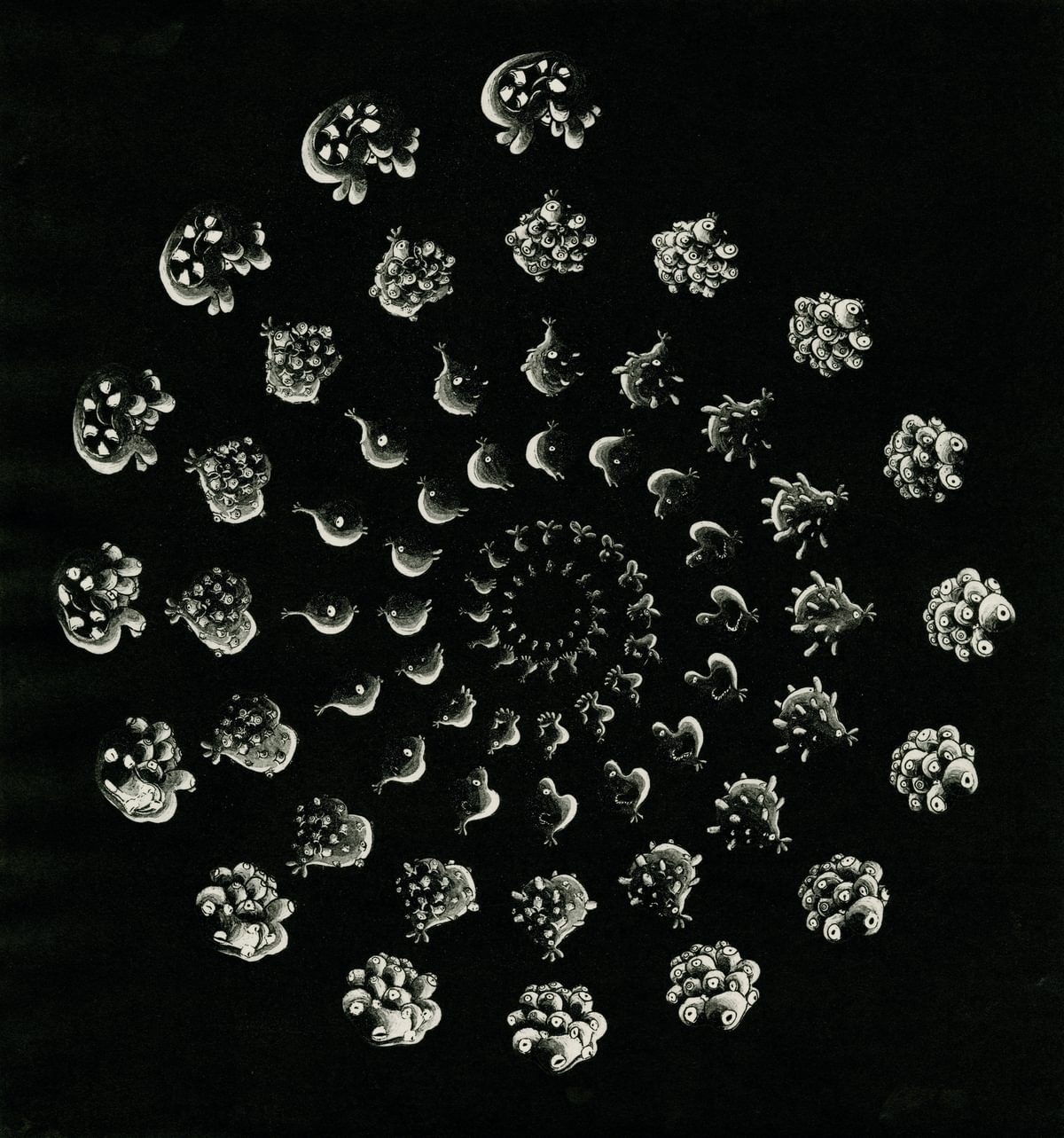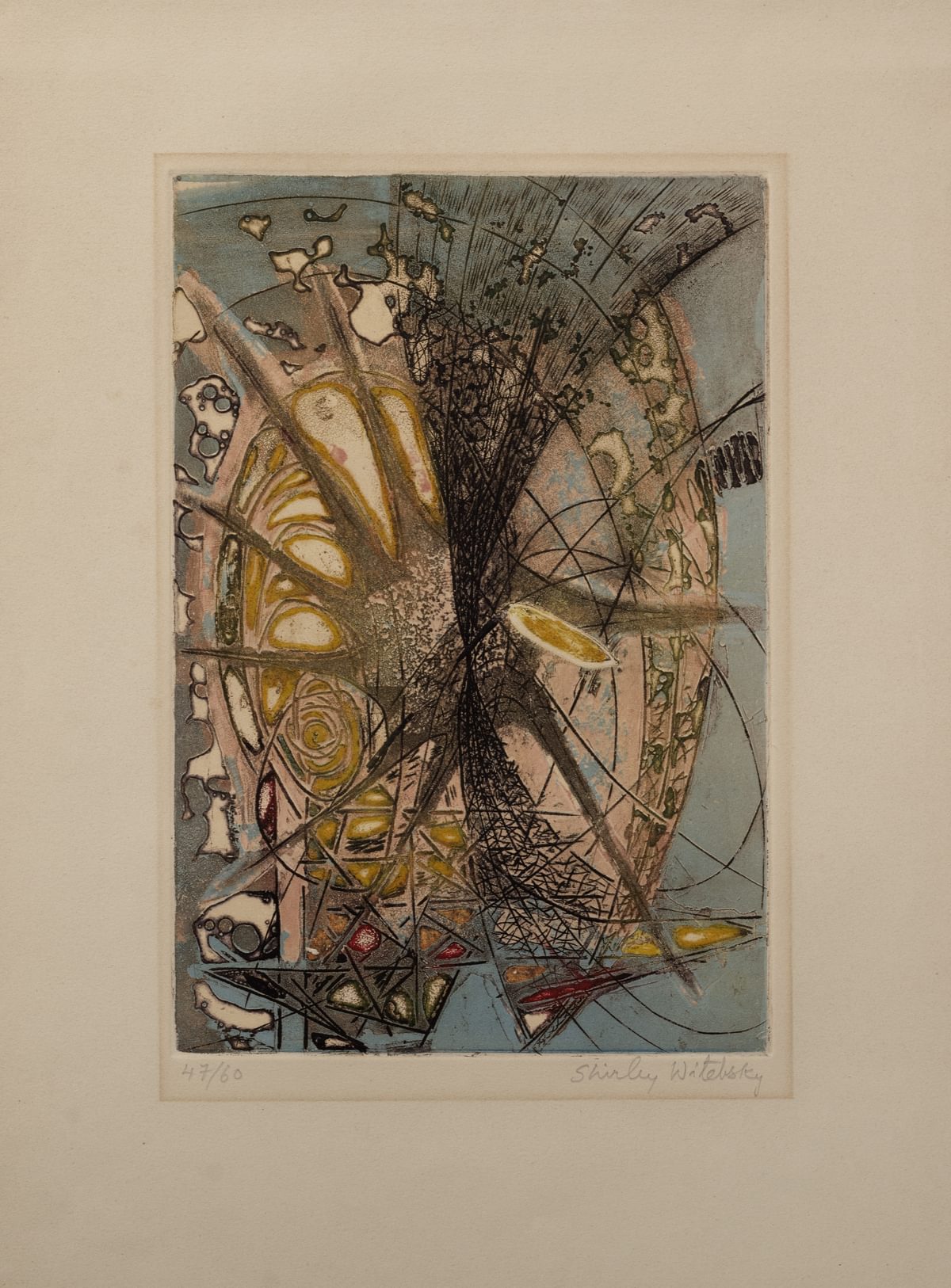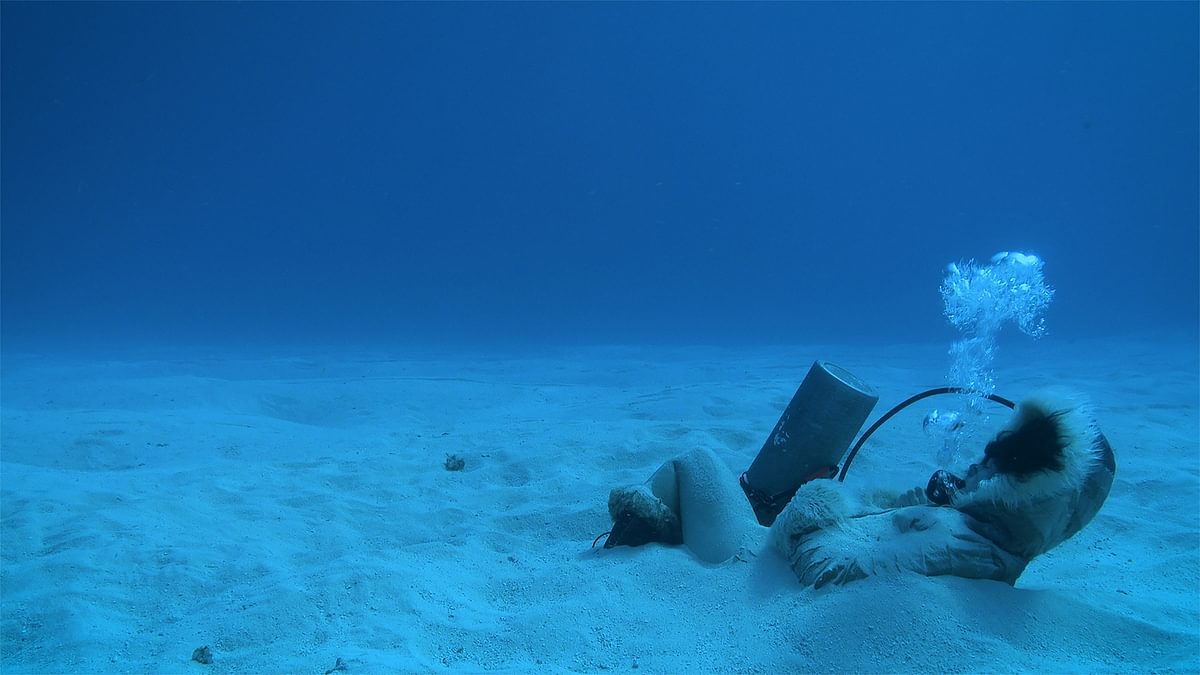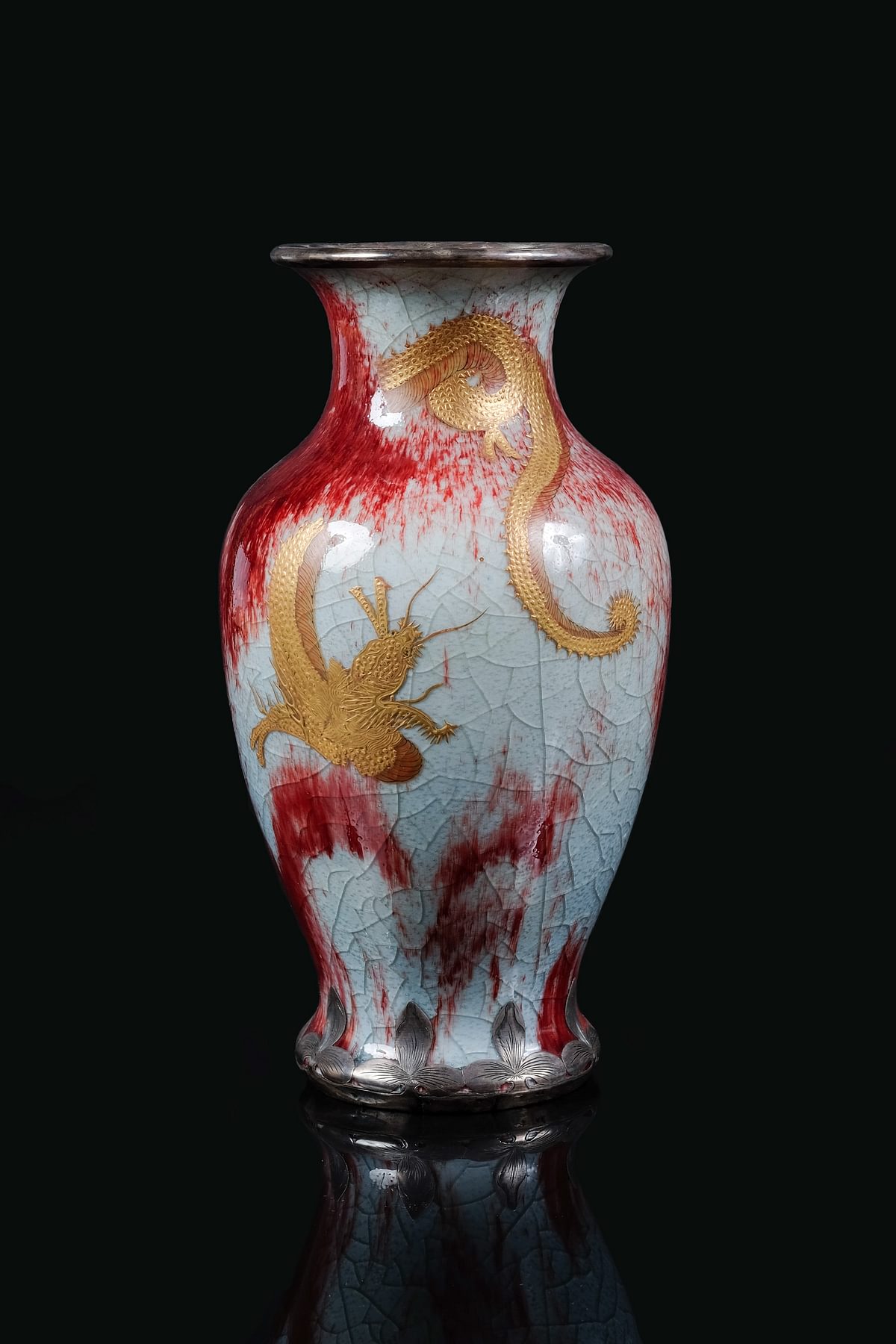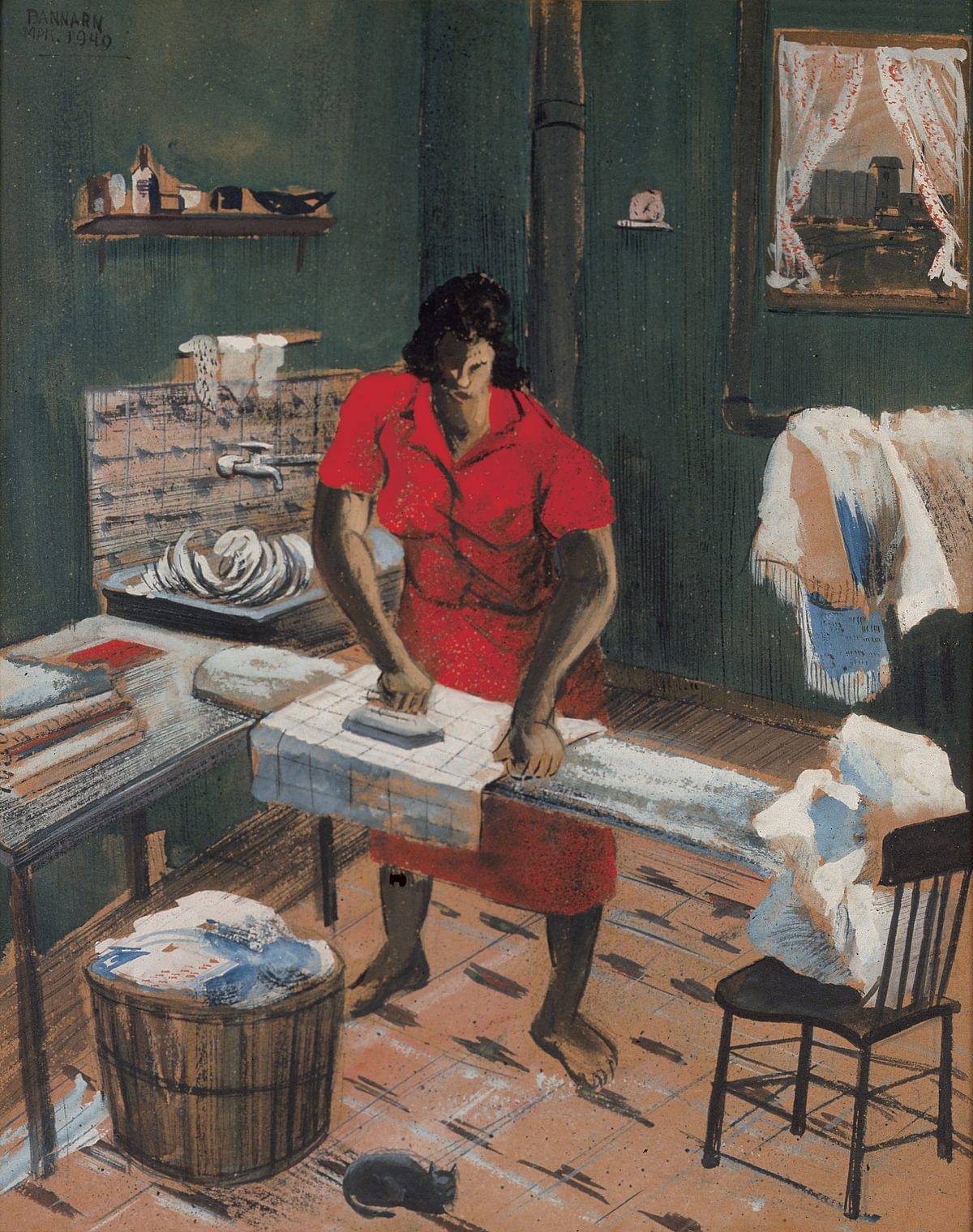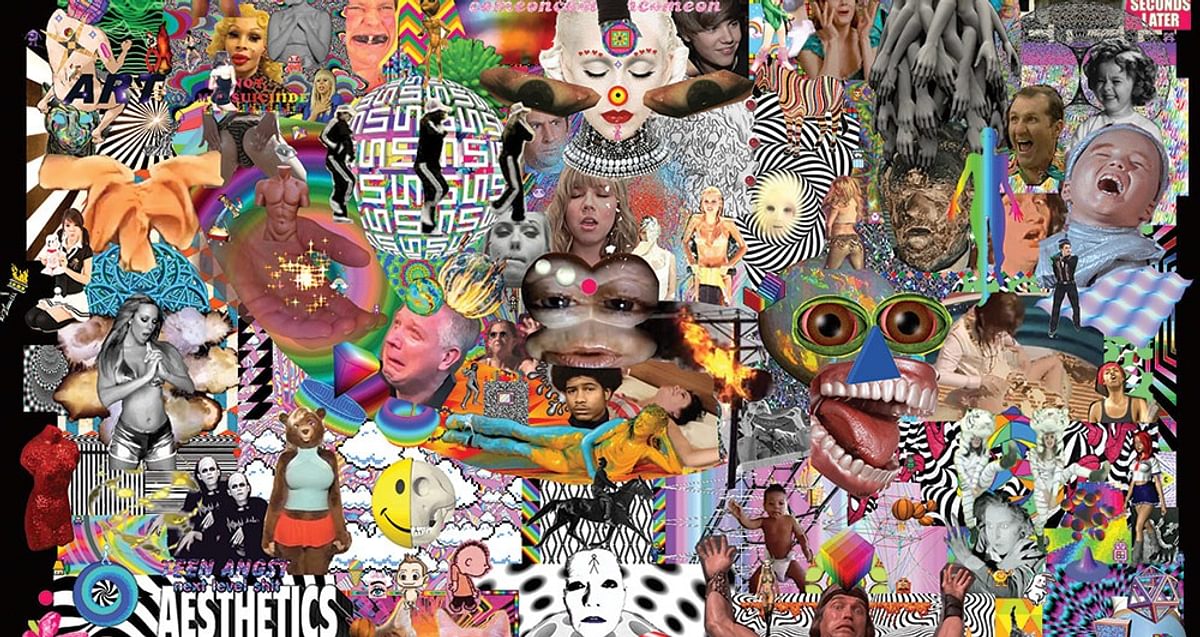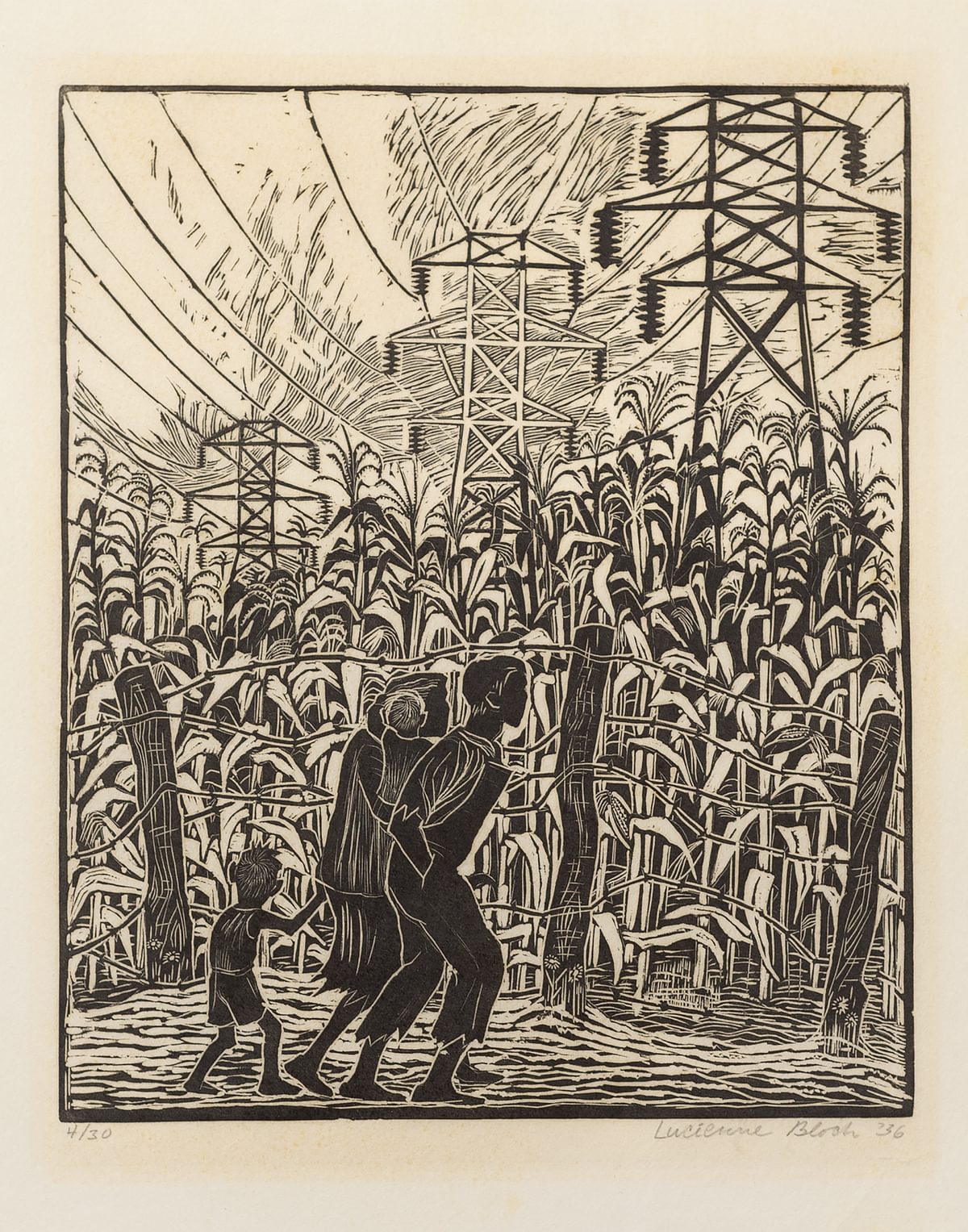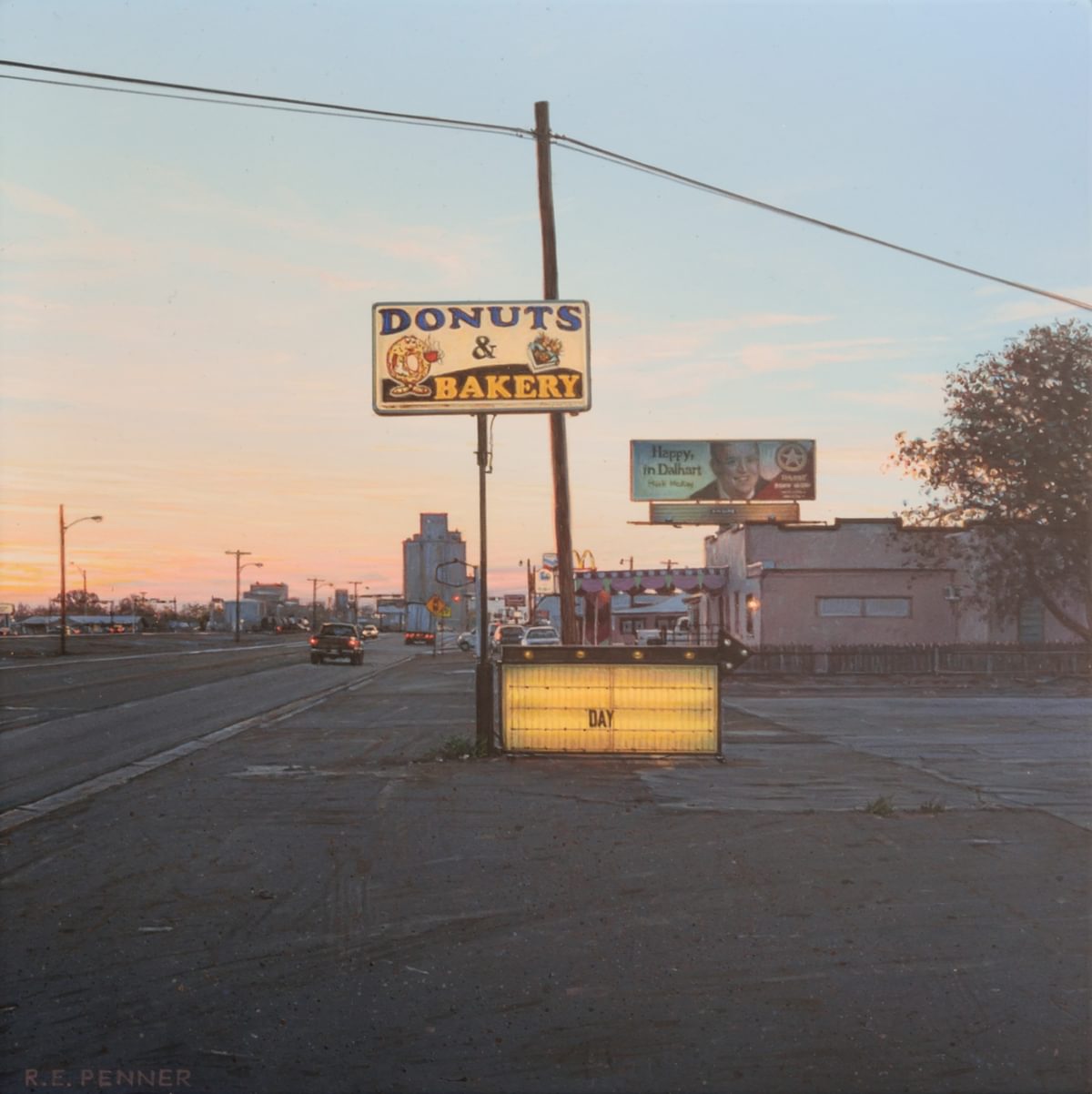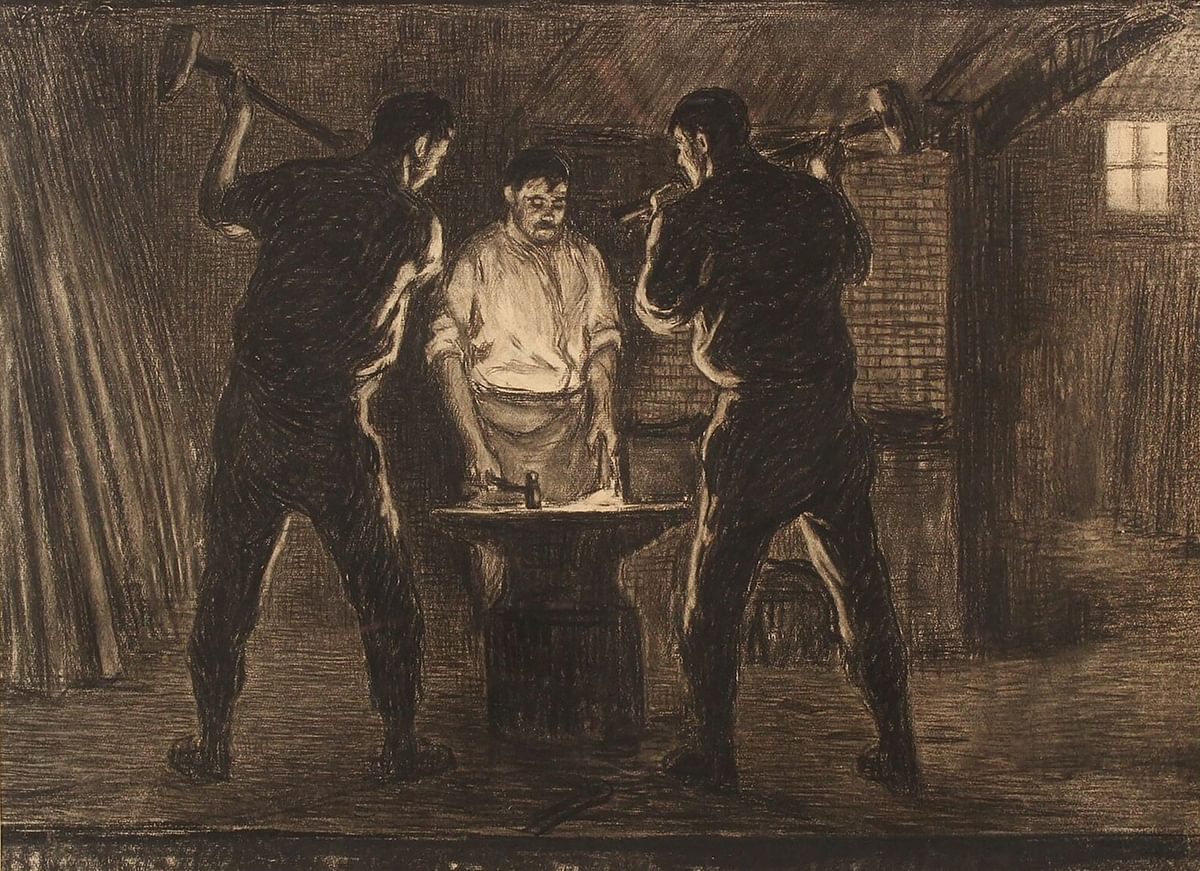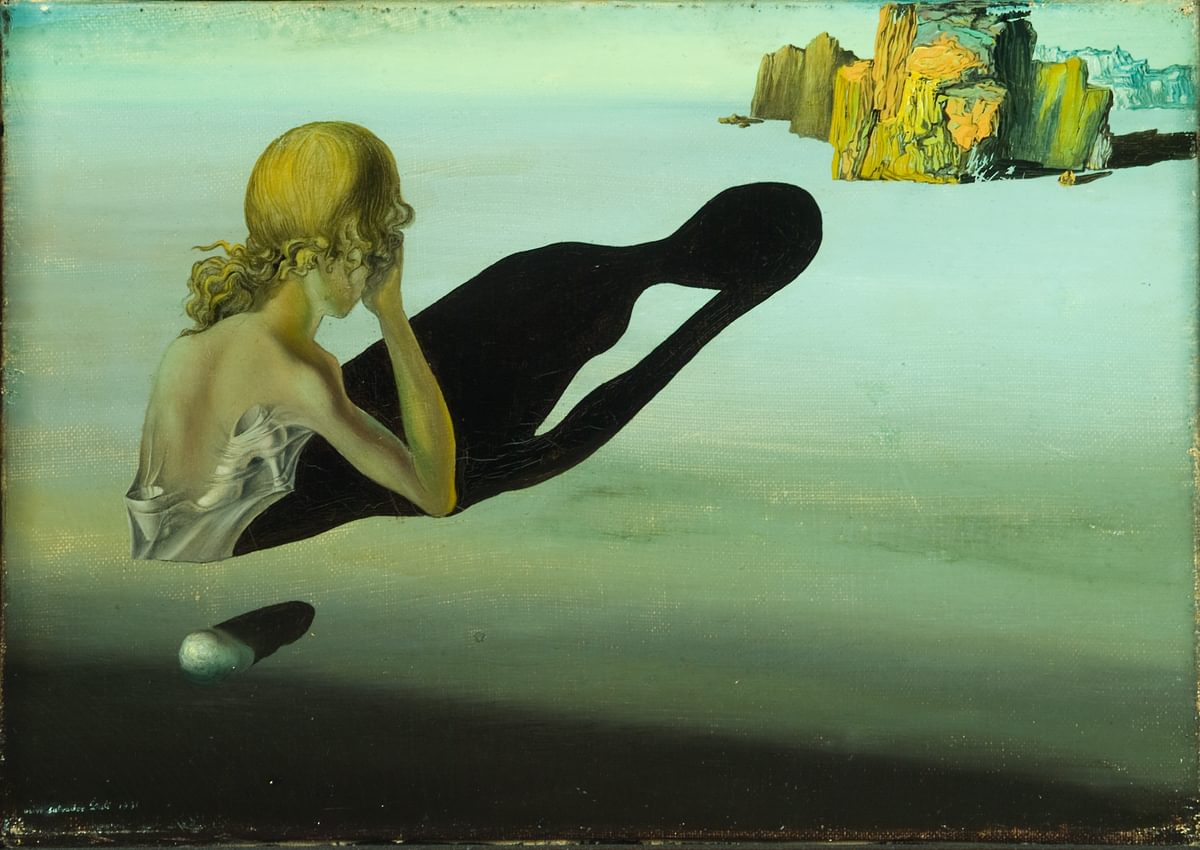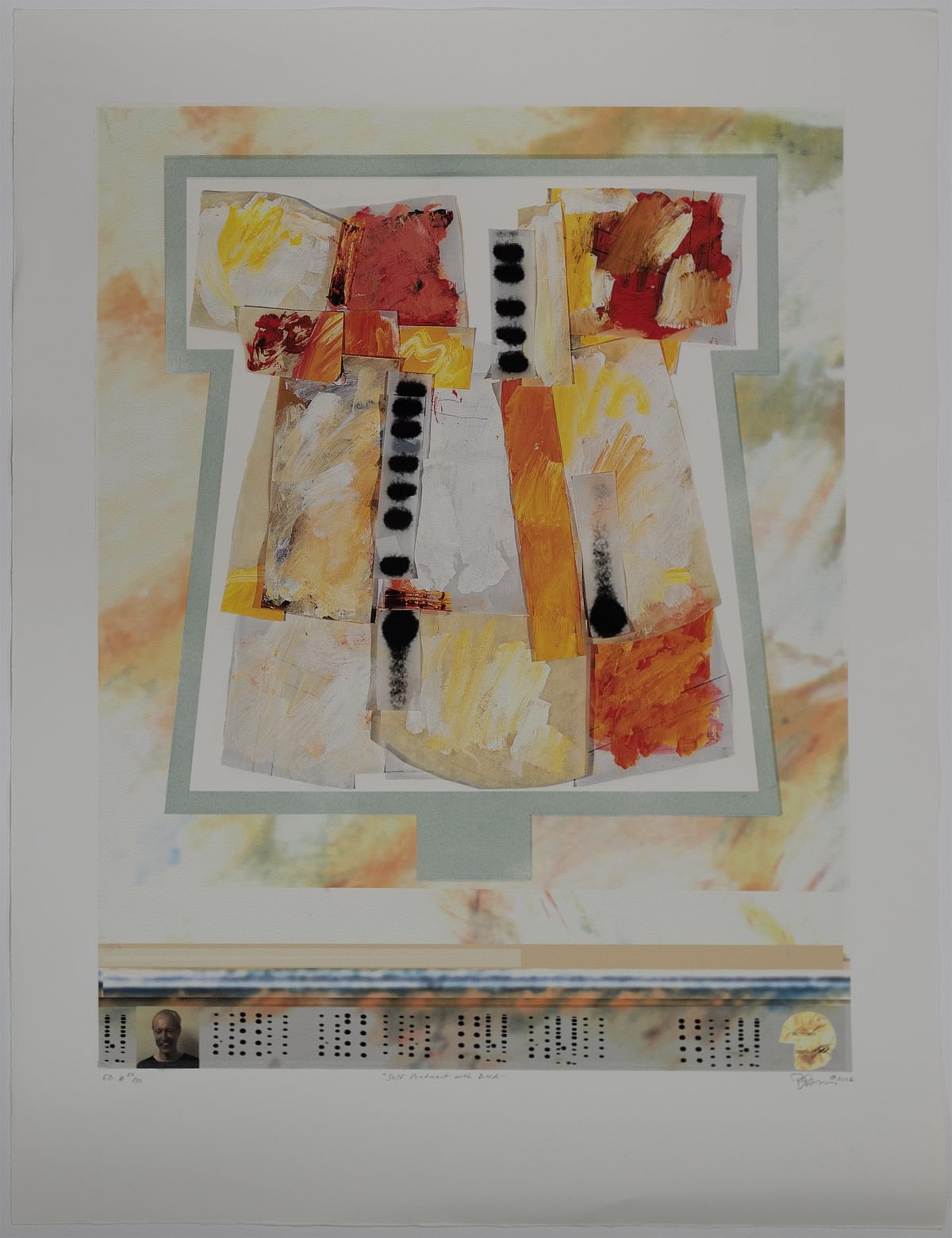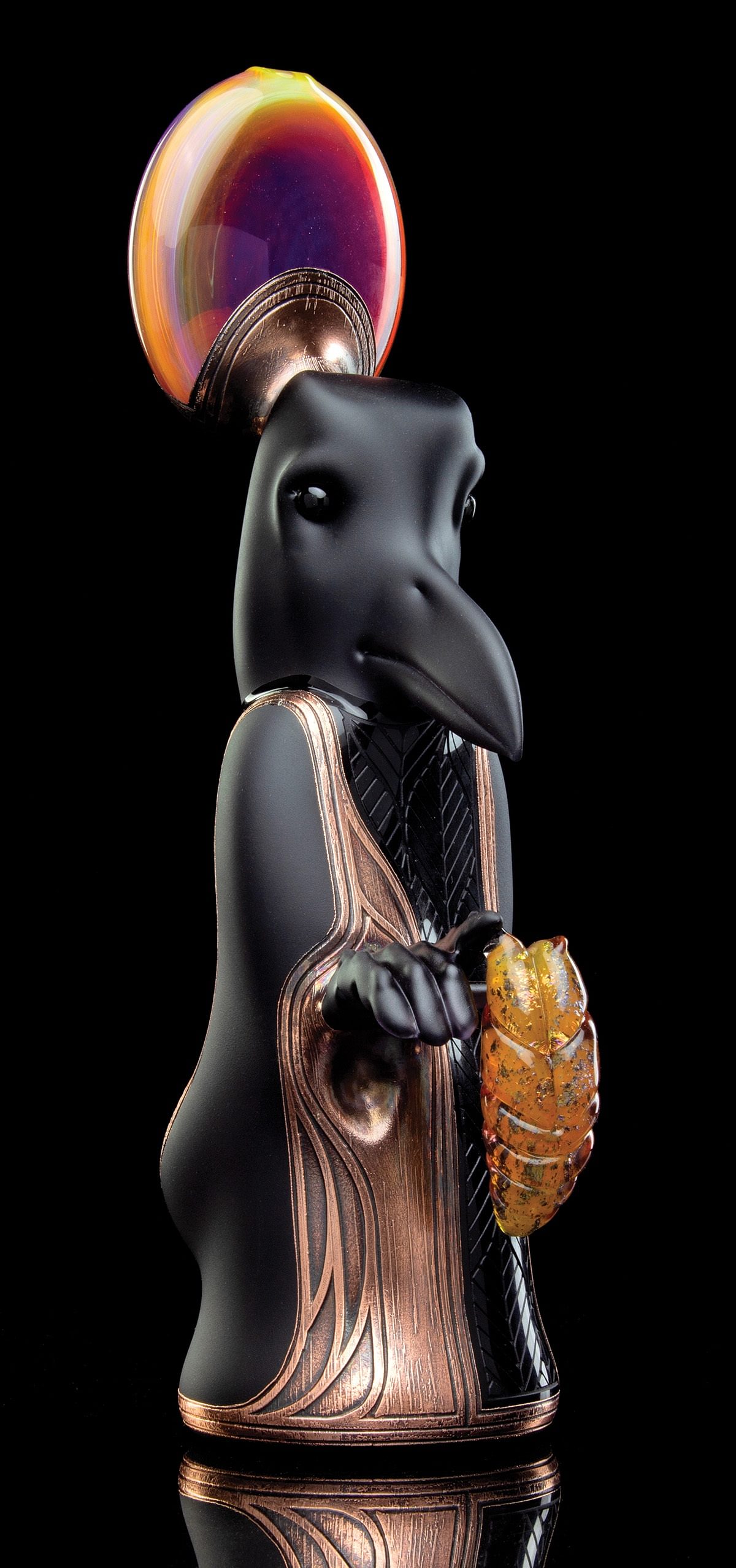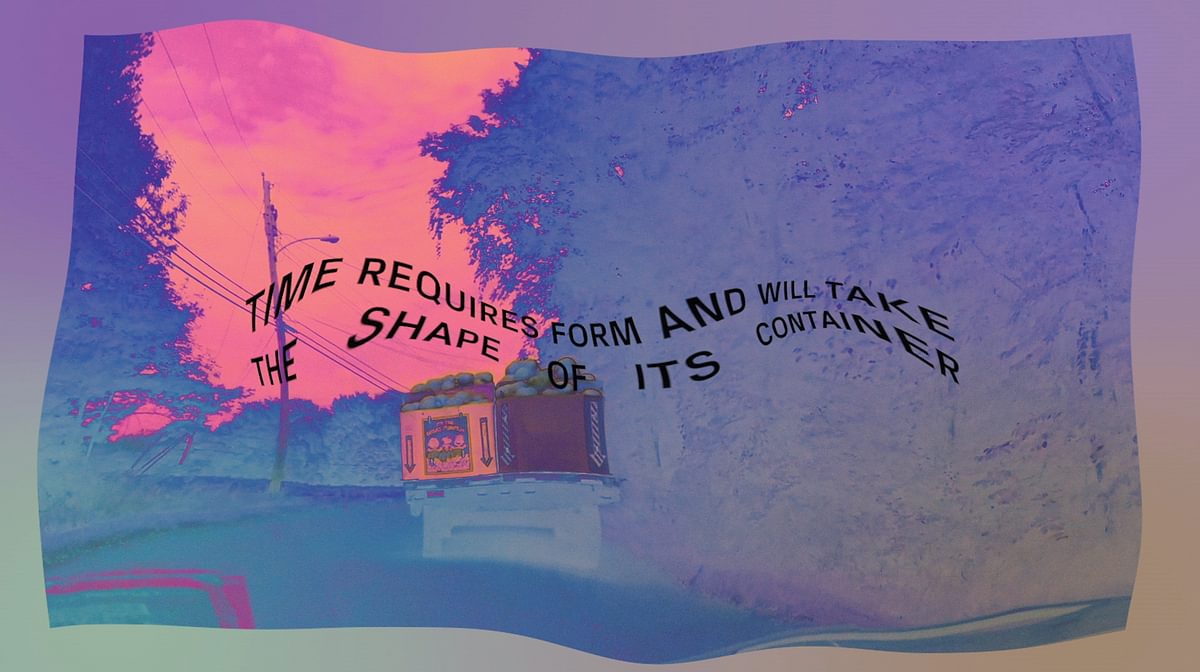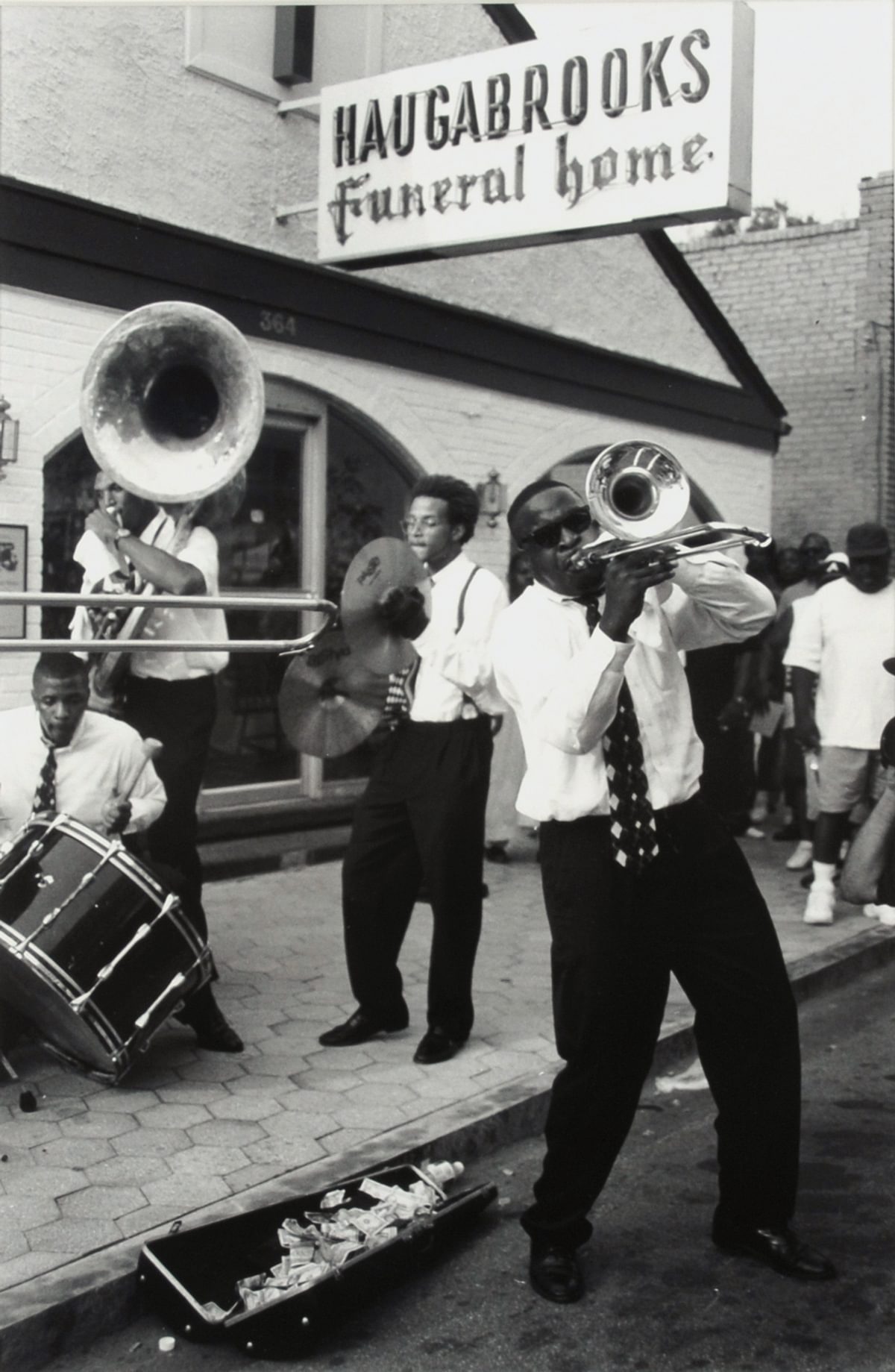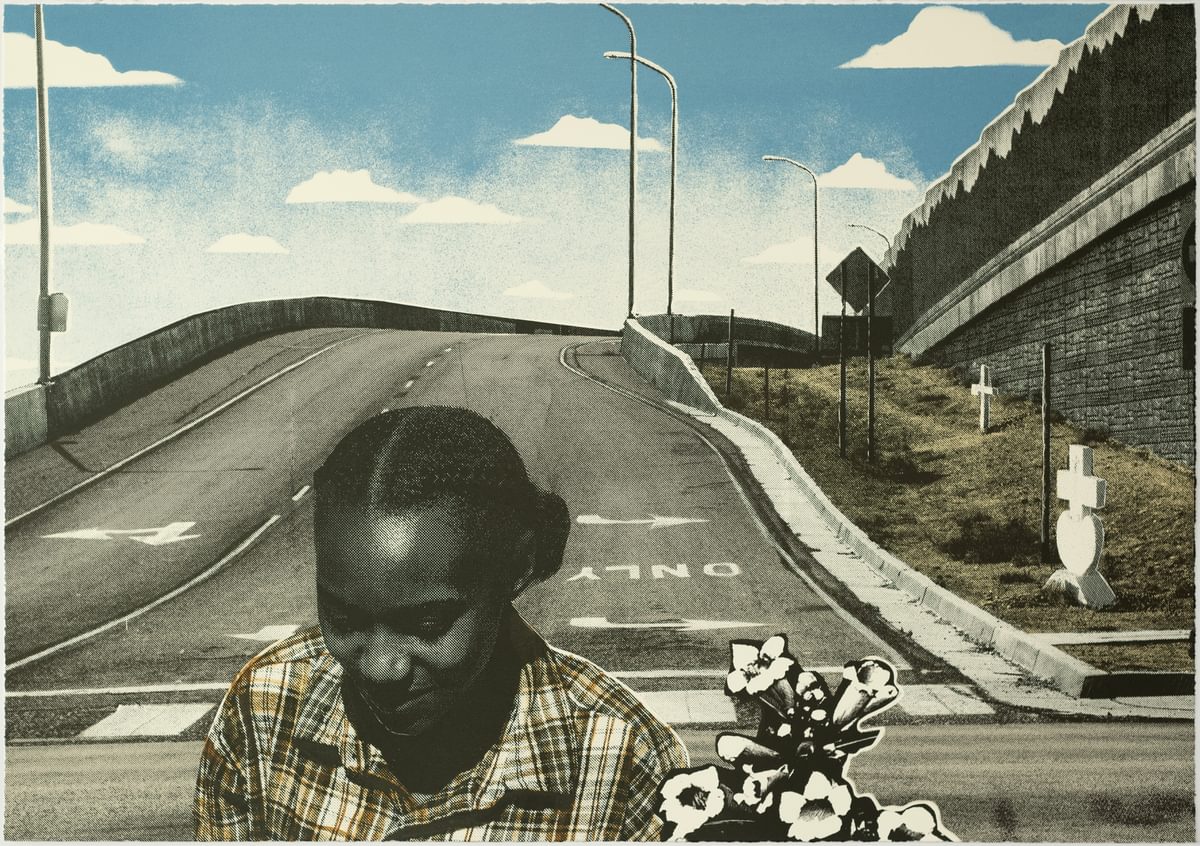Louise Wilde: Animated Prints
March 1, 2024 - April 30, 2024
Security Credit Union GalleryBritish artist Louise Wilde loves to make things move, a seemingly counterintuitive desire when her medium of choice is printmaking (a still-image on paper). But, using pre-cinematic frame-by-frame techniques Wilde creates whimsical animations. By spinning printed imagery on a disk at just the right speed she creates the illusion of movement. Wilde works with traditional and experimental printmaking methods to make these disks, using etching, photo-lithography, screen printing, and laser-engraving to illustrate playful characters. The unique visual effects these print methods produce contribute to the ominous and dream-like quality of Wilde’s animations.
The artist starts with traditional and digital drawings that are edited together to devise a moving image sequence. The stills from this sequence are then applied to discs using the aforementioned printmaking methods. The visual illusion this creates is similar to that of a flipbook, where images presented in rapid succession showing progressive phases of a motion can appear to move because our minds retain a visual impression of the preceding image as a new image appears.
When Wilde was a master’s student at the Royal College of Art, London she explored cameraless frame-by-frame animation processes like scratching into and painting directly onto frame stock. After several years working on digital animation productions, the artist craved a return to more tangible, traditional and experimental drawing approaches, and rediscovered her love for intaglio printmaking. Observing the work of old world artists inspired Wilde to experiment in animating her prints. In the artist’s own words, she says:
“When I first saw the way Rembrandt created alternative print states from the same
etching plate by drawing into, burnishing away, inking, and wiping the surface, I could see a direct correlation between etching and experimental filmmaking. Both processes feel familiar yet exciting.”

